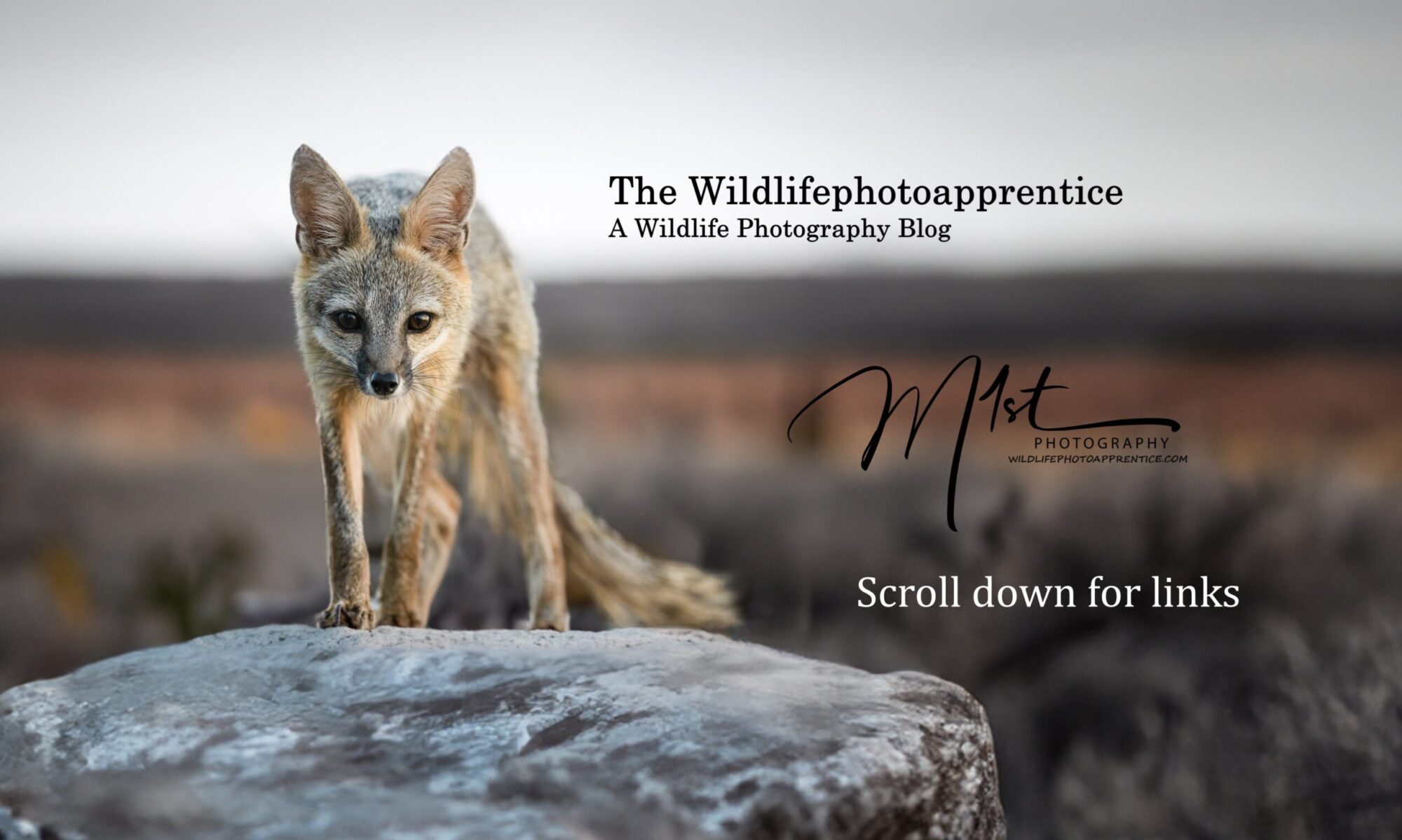Part 2, During the shoot
As we discussed in part one of the photographic “time out” blog, a pre-session checklist can be useful to ensure we don’t miss critical aspects of planning a wildlife photography session. That checklist guarantees we will have done everything we need beforehand to improve our chances of success. In part two we will discuss the in-session checklist items that will make sure our actual time photographing is just as successful. Let’s look at a during-the-shoot ” Time Out” checklist.
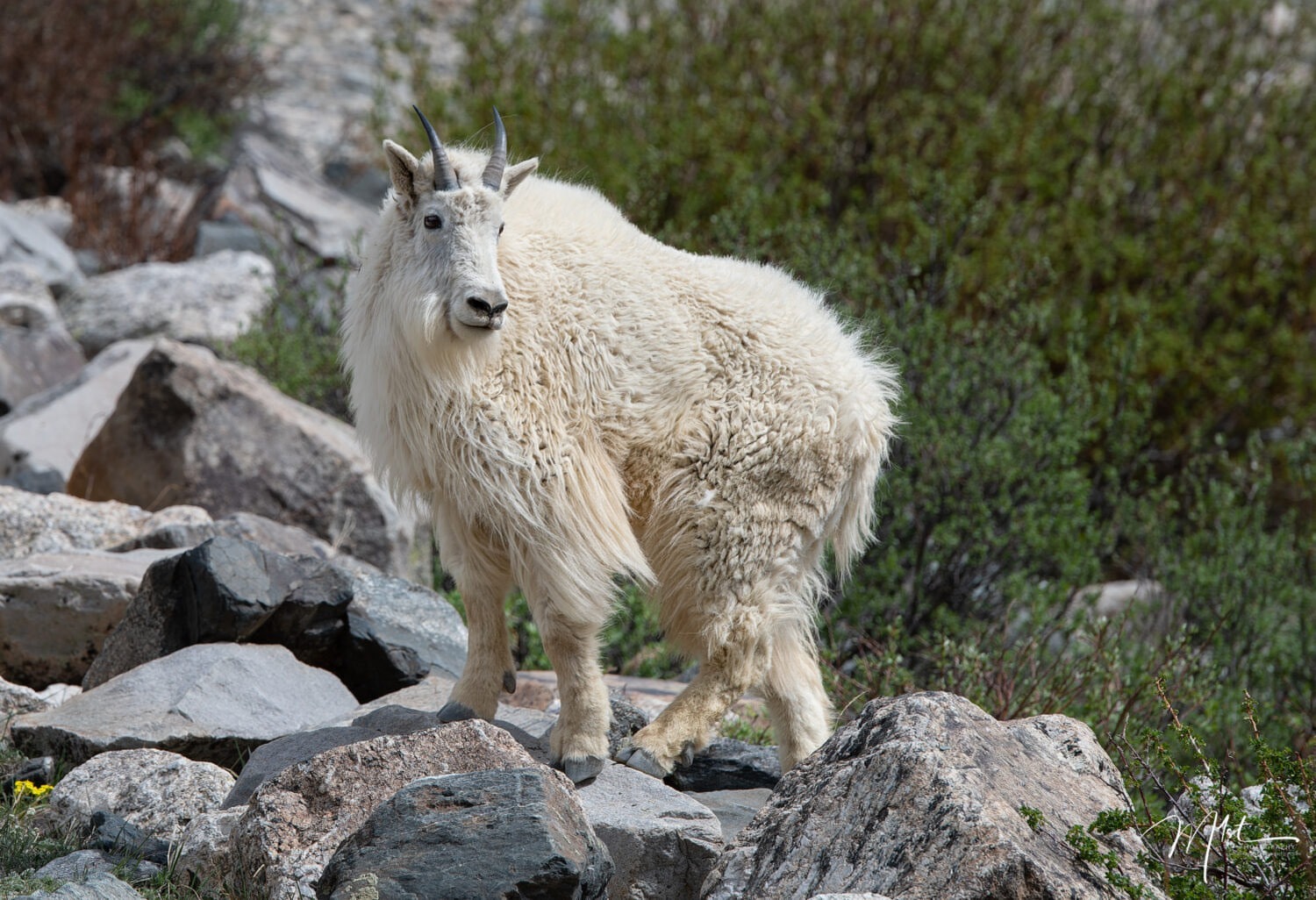
Here is one possible detailed during-the-shoot photo session “Time Out” checklist for wildlife photographers.
The During the shoot checklist
Prior to you pointing your camera at the first animal, on the day of the shoot, it’s vitally important to review your camera settings. Make sure the battery in your camera is fully charged. Double-check that the settings on your camera are appropriate for the shoot, such as the aperture, shutter speed, and ISO. Make sure your camera is set to the right color space and white balance. Test your camera’s autofocus by pointing it at different objects and checking if the focus is sharp and accurate. Assess that your memory card has enough space for the shoot and is functioning correctly. Test all of these by taking a few shots and reviewing them on your camera’s LCD screen. Make sure the camera strap is securely attached to the camera body and that it’s not frayed or damaged in any way. If using a tripod or monopod check that a safety strap is connected and all latches are closed and screws are tightened to prevent your camera from falling.
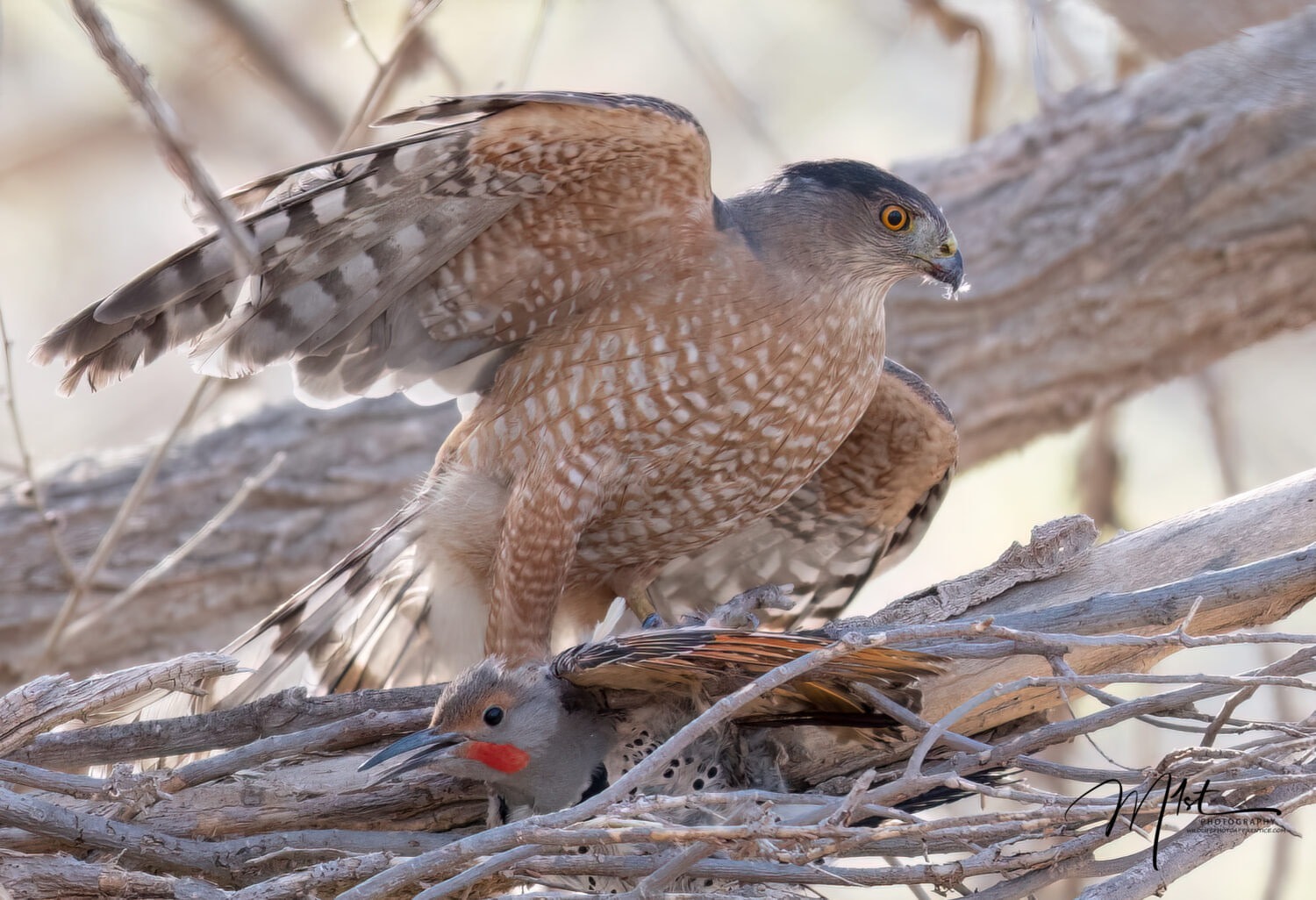
Next, appraise your surroundings for any potential hazards, such as unstable ground or poisonous plants Assessing your surroundings for potential hazards is an important part of staying safe while out in nature. Before heading out, do some research on the area you’ll be visiting. Check for any potential hazards such as unstable ground, cliffs, poisonous plants, or dangerous wildlife. This information may be available online, or you can check with local park rangers or visitor centers. Keep an eye out for warning signs, many parks and nature reserves will have warning signs posted to alert visitors of potential hazards. Pay attention to these signs and take them seriously. Keep an eye out for signs of unstable ground such as sinkholes, cracks, or uneven terrain. Avoid walking on any ground that looks unstable or could give way. Learn to identify any poisonous plants in the area you’ll be visiting, such as poison ivy or poison oak. Research the types of dangerous wildlife that may be present in the area you’ll be visiting and learn how to avoid unsafe encounters. Keep a safe distance from any wildlife you encounter, and never approach or feed them. Stay alert and aware of your surroundings for any sudden movements. The movement of animals is often the first way you are able to spot them. It may also be the first sign of danger. Finally, use common sense when assessing your surroundings. If something doesn’t look safe or feels risky, err on the side of caution and avoid it.
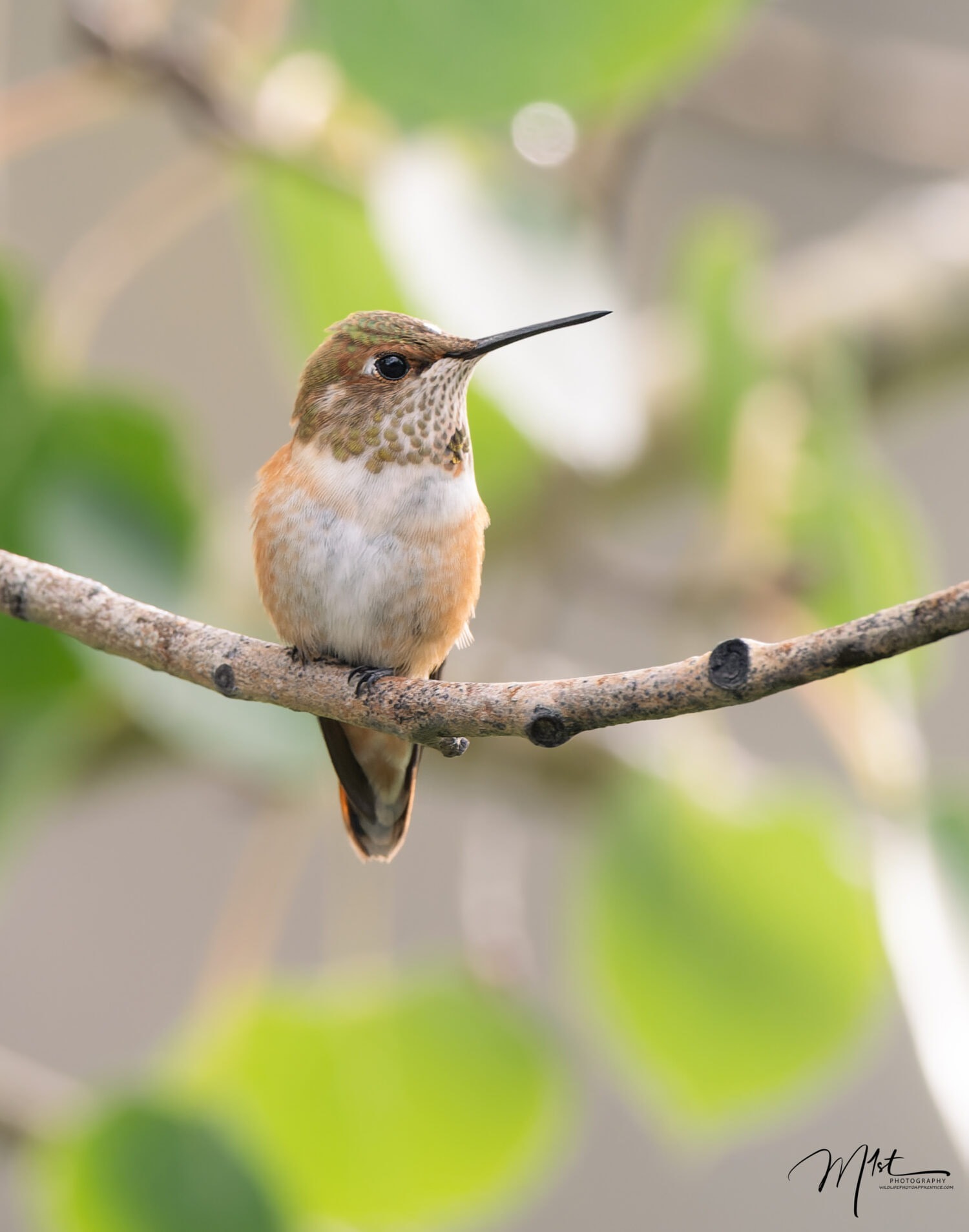
Every year access to wilderness areas and wildlife is restricted. In order to be able to continue our hobby, while shooting, we should all use ethical practices to avoid disturbing the animals and their natural habitats. Photographing wildlife can be a great way to capture the beauty of nature and share it with others. However, it’s important to observe ethical practices to ensure that your photography doesn’t harm the animals or their environment. It’s important to respect the animals’ space and not disturb them. Avoid getting too close or interfering with their natural behavior. Using a telephoto lens can allow you to get close-up shots without invading the animals’ space. Flash photography can startle animals and may cause them to flee or become aggressive. Avoid using flash and instead rely on natural light. Baiting or luring animals for a better shot is unethical and can cause them harm. Avoid using food or other attractants to lure animals. Stick to designated paths and trails to avoid trampling on vegetation or disturbing animals’ habitats. Feeding wild animals can disrupt their natural behavior and can cause them to become dependent on humans for food. Do not feed animals under any circumstances. Wildlife photography requires patience and persistence. Wait for the animals to come to you, rather than chasing after them. When photographing wildlife, it’s important to leave no trace. Pack out all your trash and avoid disturbing the environment. By following these ethical practices, you can help to ensure that your wildlife photography is respectful and sustainable.
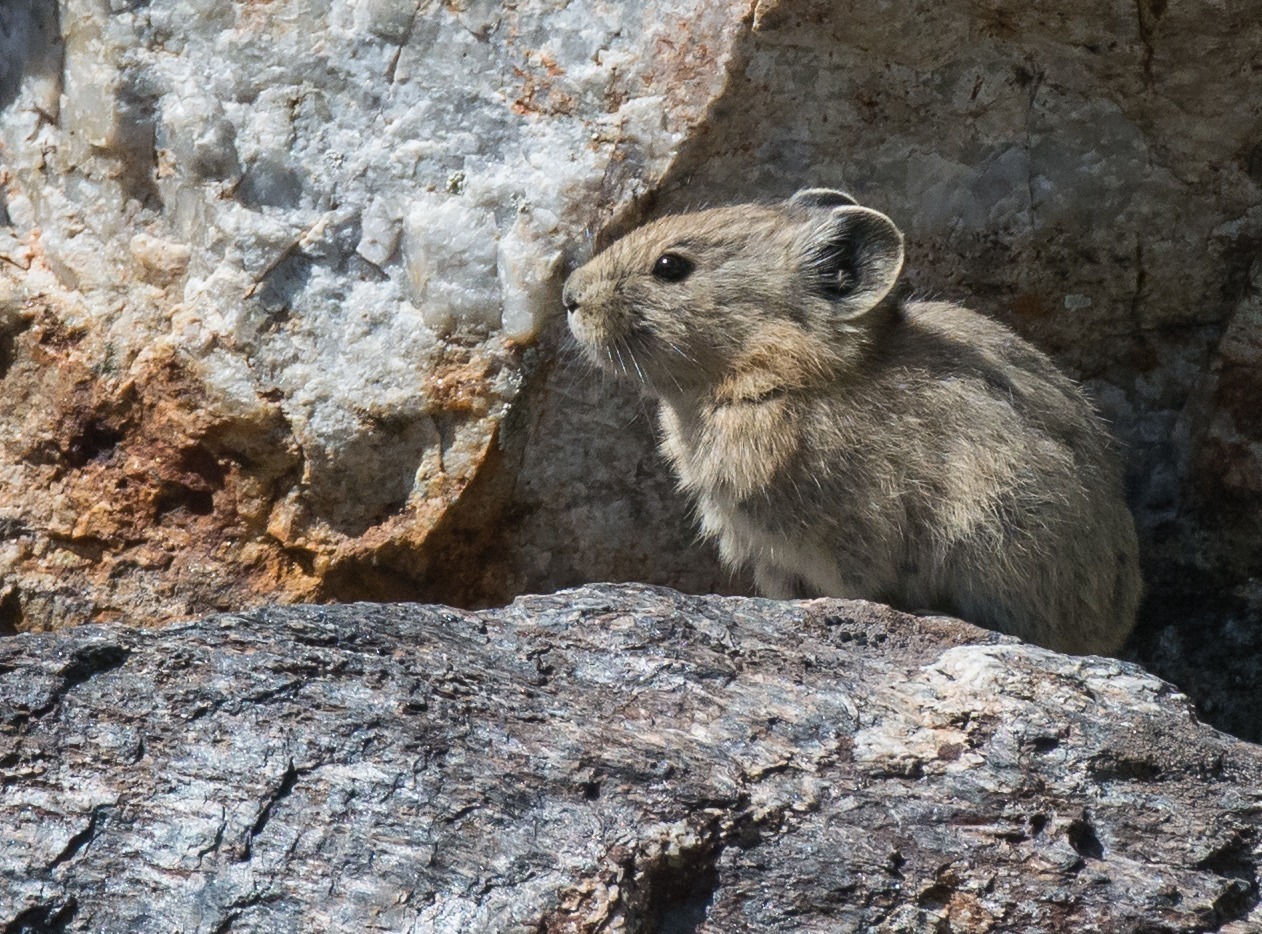
Think about composition. Be sure to use the best angle and composition to capture the animals and their behavior in the frame. A great wildlife photo is one that captures the essence and beauty of the subject in a unique and compelling way. There are many elements that can contribute to a great wildlife photo. Sharp focus, good exposure, emotional impact, unique perspective, storytelling, technical skills, and last but not least, Interesting composition. The photo should be well-thought-out, using techniques such as the rule of thirds, leading lines, symmetry, and framing to create a visually appealing and dynamic image. Eye-level, if possible, is often the best angle for wildlife photography.
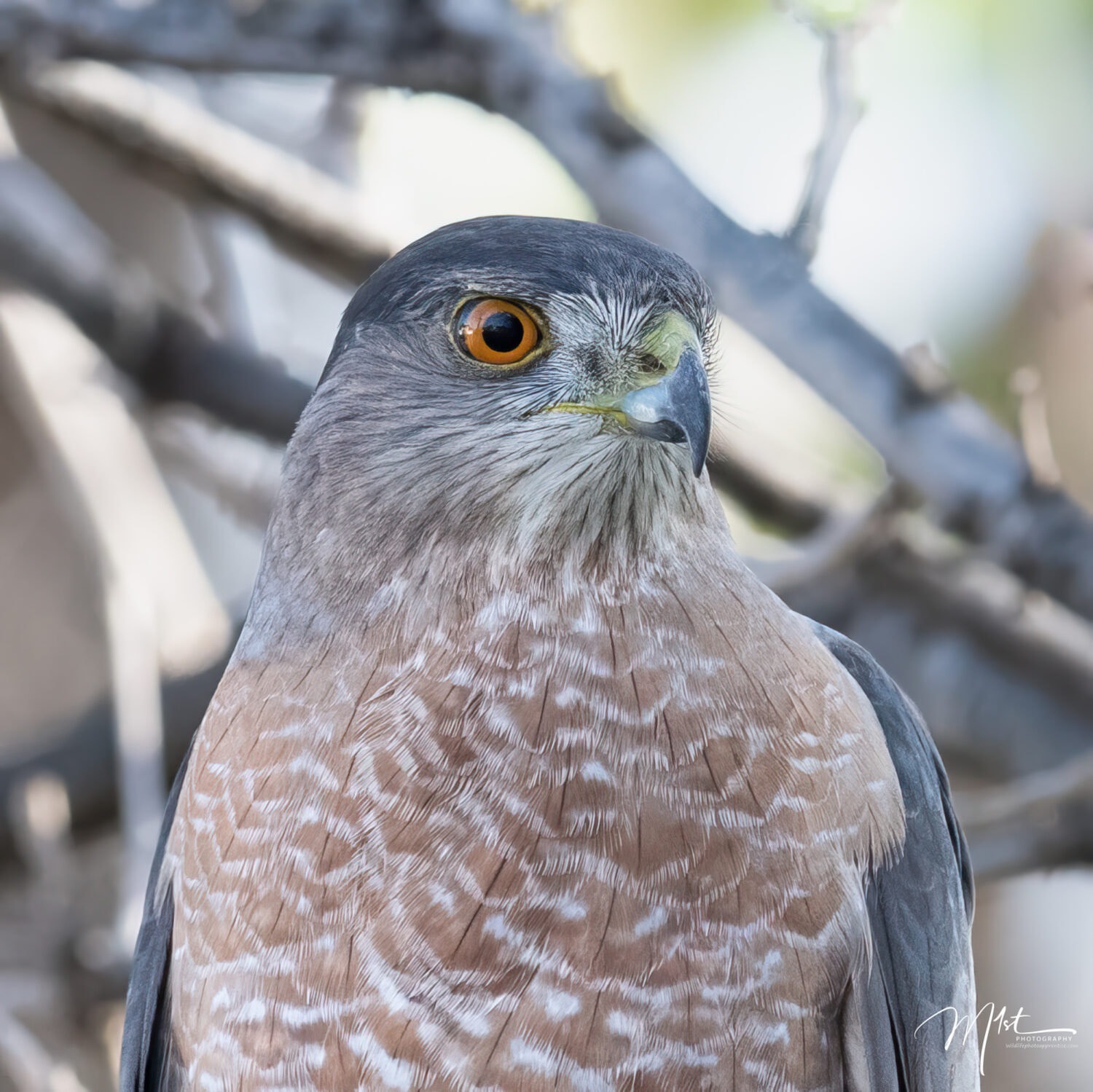
Throughout the session, review your shots frequently to make sure you are capturing the images you want. When reviewing your shots in-camera during a photo session, here are some important things to look for. Make sure your image is properly exposed. Check the brightness and contrast of the image and adjust the exposure if necessary. Ensure that the subject is in focus, especially if you are shooting with a shallow depth of field. Zoom in to check the sharpness of the subject’s eyes or other important details. Review the framing and composition of the shot. Make sure the subject is well-positioned and any distracting elements have been removed from the frame. Check the colors in the image and ensure they are accurate. Adjust the white balance if necessary to make sure the colors look natural. Look for any noise or grain in the image, especially if you are shooting in low light. Also, check the sharpness of the image and make any necessary adjustments. Use the histogram to check the exposure and make sure there are no clipping highlights or shadows. Finally, step back and look at the image as a whole. Does it convey the message or emotion you were trying to capture? If not, make any necessary adjustments and try again.
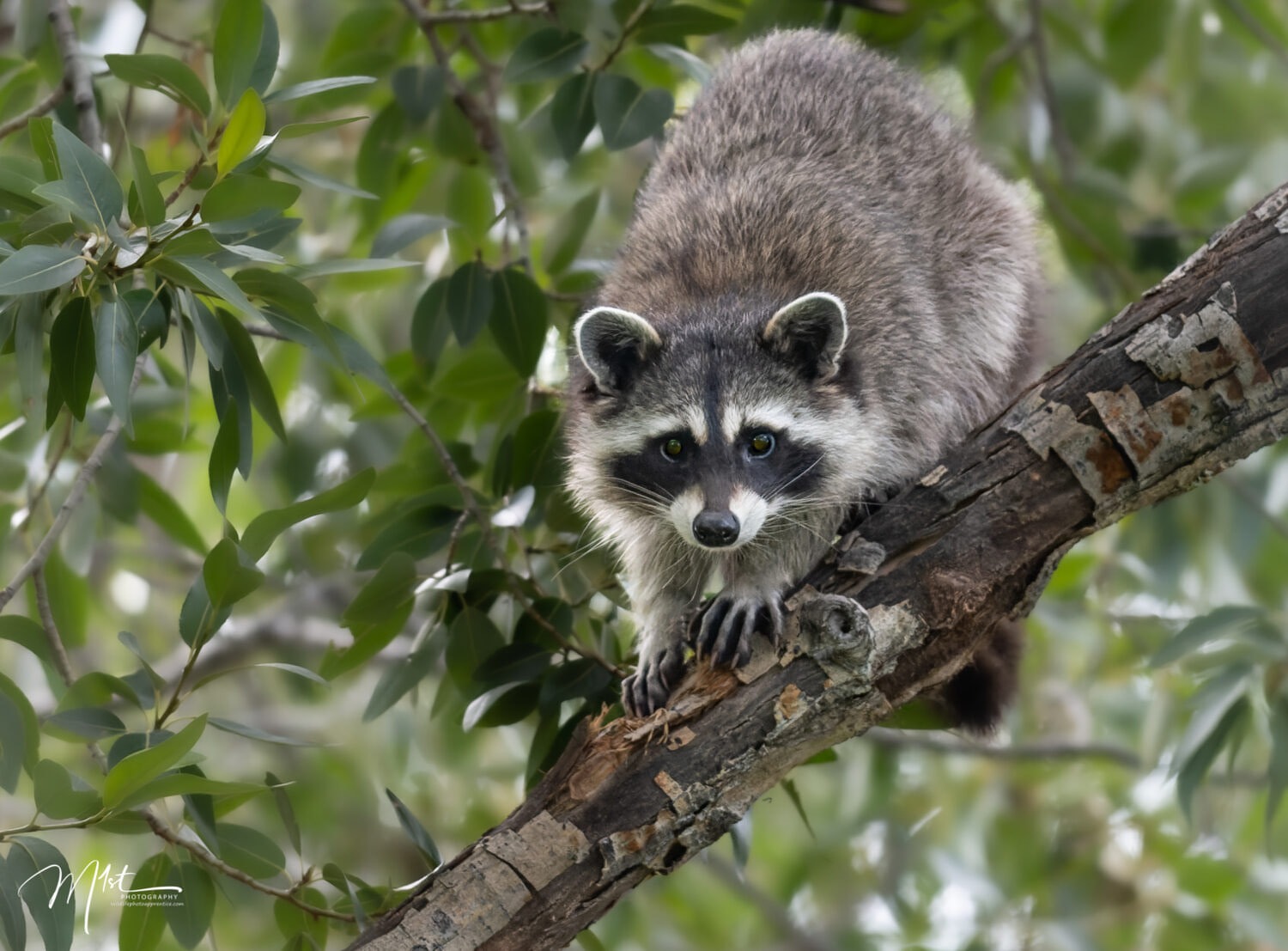
Finally, during the shoot, make sure to use your camera and equipment carefully and protect it from weather or dust if needed to avoid any damage. Wildlife photography often involves working in harsh environments, such as rain, snow, or extreme heat. Make sure to protect your camera gear with weather-sealed bags or covers, and carry a microfiber cloth to wipe off any moisture or dust that accumulates on your lens. Keep your camera gear secure and close to you at all times, there are thieves even in the wilderness.
In part three we will discuss the elements of the Photographic ” Time Out” that we should do after our wildlife photos have been shot.
